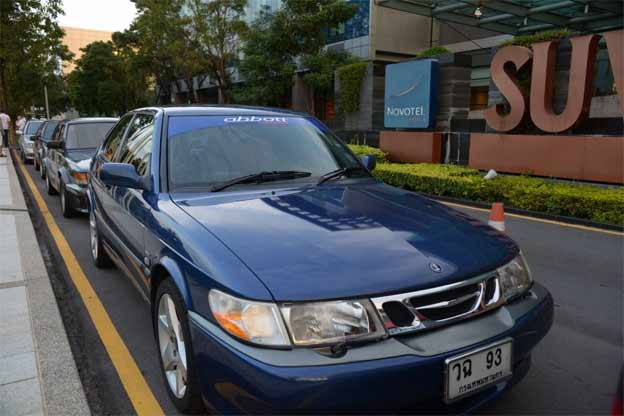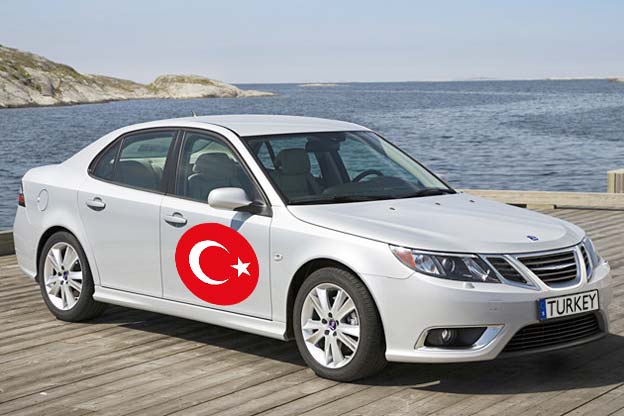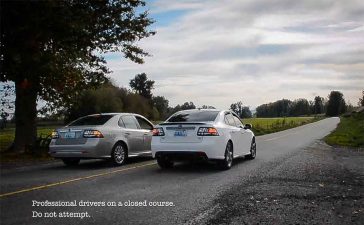Table of Contents
Real-world impact, real-world protection
Another story of Saab safety emerges from Taiwan—this time involving a first-generation Saab 9-5 that endured a severe rear-end collision on a multi-lane highway. What unfolded was not just a chain-reaction crash, but a demonstration of the Swedish brand’s unwavering dedication to passenger protection.
The Saab 9-5, struck from behind by a commercial van traveling at high speed, suffered significant damage to the rear structure. The impact was strong enough to crush the trunk area and shatter rear glass, yet, as the photos show, the integrity of the cabin remained uncompromised.
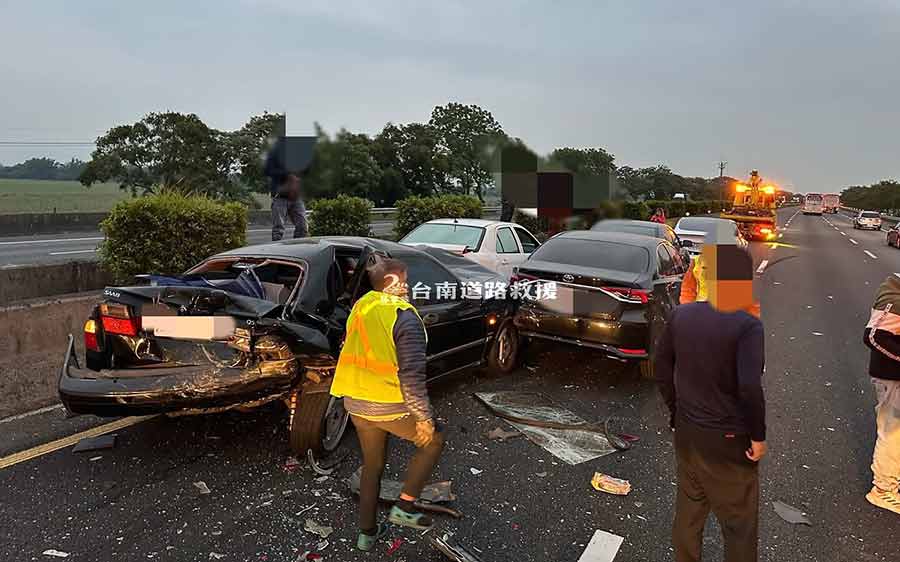
“Everything flew inside the car—phones, earbuds—but I remained securely strapped in, head firmly held by the headrest,” said the driver. “It must’ve been the SAHR doing its job.”
The SAHR system—Saab Active Head Restraints—is designed to prevent whiplash injuries in exactly these scenarios. In the event of a rear impact, the headrest automatically moves up and forward to catch the occupant’s head and reduce neck strain. It’s a feature Saab engineered not for marketing, but for moments like this.
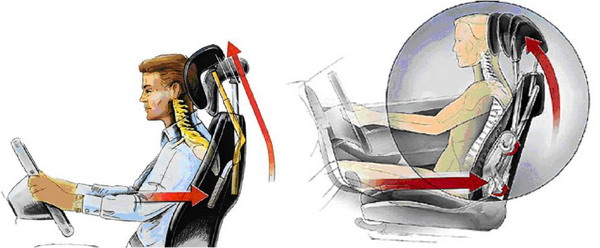
The aftermath: glass scattered, driver unscathed
Interior photos reveal a sobering scene: shards of glass scattered across the leather seats, displaced electronics, and obvious signs of the collision’s violence. And yet, the passenger compartment shows no intrusion. Doors still open. Seats still in place.
The driver walked away with no pain, visited the hospital later that night, and was sent home with nothing but a precautionary prescription for painkillers.
“I felt like just another bystander watching the wreckage—I couldn’t believe I walked away unharmed.“
This sentiment echoes what many Saab owners have experienced: when disaster strikes, the structure speaks louder than the badge.
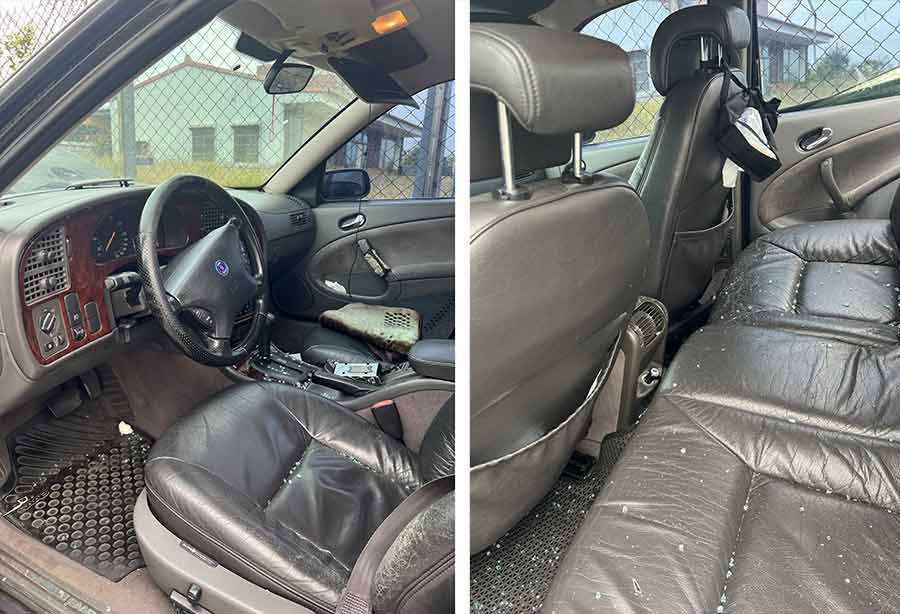
Engineered deformation, not structural failure
The rear of the 9-5 is engineered with planned crumple zones, allowing energy to dissipate safely without transferring it to the cabin. Despite the massive deformation, the safety cell preserved the occupants’ space.
This crash follows the same safety philosophy demonstrated in other rear-impact cases covered by SaabPlanet:
- Saab 9-5NG vs Freightliner truck – when a second-generation 9-5 absorbed a truck impact.
- Saab 9-5 hit in highway rear-end collision – another story proving the same structural resilience.
A system that worked when it mattered
The Saab in question may no longer be drivable—but it did what it was designed to do: sacrifice itself to protect its occupants. Thanks to the SAHR system, reinforced C-pillars, and controlled deformation zones, the driver stepped out without injury. The photographs captured post-accident—taken on the center median with the phone that flew across the cabin—say more than any brochure ever could.








